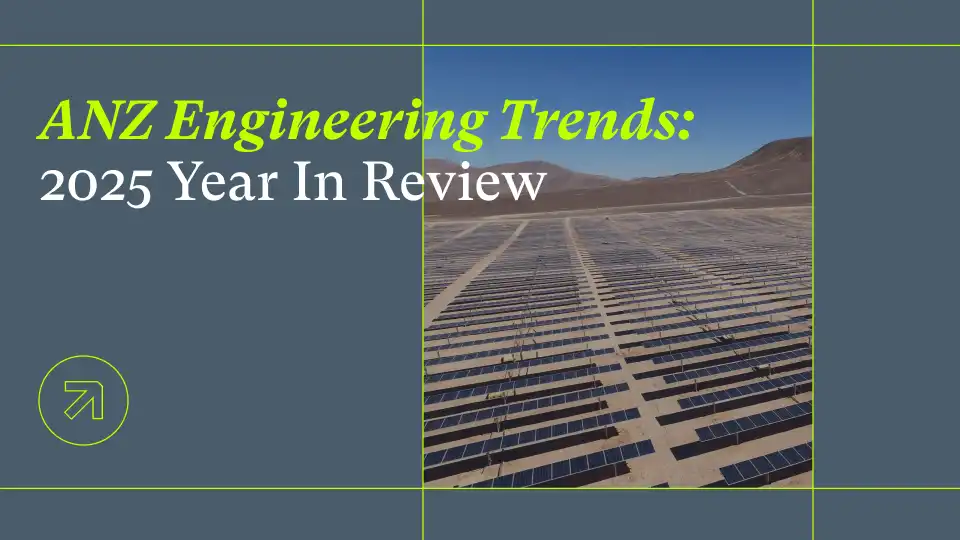The Five Metrics That Matter: A Growth Playbook for Professional Services Firms in 2025

Across geographies and disciplines, the firms that thrive share one thing: they run their businesses with clarity. And that clarity comes from tracking and acting on five core metrics. These metrics are not just numbers, they are the heartbeat of growth-ready firms.
1. Gross Margin – The Health Check
Think of gross margin as your firm’s vital signs. It tells you whether your business is fundamentally healthy or at risk.
- Target: Around 30% firm-wide (after accounting for bench and overhead).
- Too low? You’re under financial strain, and growth will amplify risk.
- Too high? You may be underinvesting in the future for technology, people, or new markets.
In architecture and engineering, gross margins are often squeezed by scope creep and compliance changes. In IT consulting, they erode quietly through mismanaged utilisation. Either way, without visibility into gross margin at both project and firm level, leaders are flying blind.
2. Human Utilisation – Bench vs Burnout
Utilisation is the ultimate balancing act. Run your people too hard, and you burn them out. Leave them underutilised, and you risk inefficiency.
- Healthy range: 70–80%.
- Over-utilisation: Feels profitable short-term but drives attrition and delivery risk.
- Under-utilisation: Signals missed opportunities and weak pipeline planning.
In North America’s software firms, the risk is over-utilisation: burning out scarce AI talent. In New Zealand engineering, it’s under-utilisation caused by inconsistent government pipelines. The healthiest firms treat utilisation as a dynamic lever, adjusting as markets shift.
3. Book-to-Bill Ratio – Growth vs Contraction
This metric tells you whether your pipeline is expanding or shrinking.
- Above 1: You’re adding more work than you’re billing, signalling growth.
- Below 1: You’re shrinking even if workloads feel heavy.
Book-to-bill is particularly critical in regions with volatile pipelines, like New Zealand, or in industries with long project lifecycles, like architecture. It also reveals leakage: work that should be billed but isn’t. Left unchecked, leakage silently eats away at profitability.
4. Commodity vs Premium Project Mix
Not all projects are created equal. Some commoditise your expertise (essentially selling hours). Others elevate your firm to the role of strategic partner.
- Commodity projects: Lower margins, transactional relationships.
- Premium projects: Higher value, deeper trust, and strategic positioning.
For engineering firms, premium means leading multidisciplinary infrastructure projects rather than providing staff augmentation. For professional services consultancies, it’s moving from “execution vendor” to “strategic advisor.” Shifting the mix toward premium work strengthens both margins and resilience.
5. Tech Utilisation – Admin vs Impact
Perhaps the most overlooked metric: how much time is wasted on admin. Every spreadsheet wrangled, every manual approval chased, is time not spent delivering client value.
- High admin drag: Teams spend hours on low-value tasks.
- Low admin drag: Technology frees people for billable work.
For global consultancies, admin drag compounds across borders. For small firms, it disproportionately consumes capacity. Either way, tech utilisation is the hidden multiplier.
Why These Metrics Matter Across All Industries
You might wonder: why do the same five metrics matter whether you’re designing skyscrapers, delivering software, or managing global consulting projects?
Because they are universal signals of operational health. They cut through the noise of local market politics, sector trends, and client quirks. When firms track these five, they gain a common language of growth.
- Engineering firms use them to manage volatile pipelines and global ambitions.
- Architecture practices use them to stay profitable through long project cycles.
- Software consultancies use them to thrive in an AI-driven market.
- Professional services firms use them to protect margins in a hyper-competitive global arena.
The Projectworks Advantage
Tracking metrics isn’t enough. They need to be visible in real time, not at month-end. Too many firms only discover risks when it’s too late. That’s where Projectworks comes in.
By bringing people, projects, and financials together in one system, Projectworks helps firms:
- Protect gross margins.
- Balance utilisation intelligently.
- Forecast book-to-bill ratios with confidence.
- Shift their project mix toward higher-value work.
- Cut admin drag and free talent for client impact.
This isn’t just about data, it’s about building resilience and trust in an unpredictable market.
No matter where you are in the world or what sector you serve, the fundamentals of growth don’t change. Gross margin, utilisation, book-to-bill, project mix, and tech utilisation are the five numbers that separate resilient firms from risky bets.
If your firm isn’t tracking these metrics or if you’re only seeing them once a month, you’re running on gut feel. And in 2025, gut feel won’t cut it.
Related Articles

2025 In Review: The Trends Shaping AU & NZ Engineering Firm Growth
In 2025 for the Engineering Sector down under, pipeline was the conversation irrespective of what side of the ditch your firm sat on. In Australia the pipeline grew quickly across energy, transport, water and social infrastructure. However, turning that momentum into consistent, profitable delivery was still hard for many firms. In New Zealand the public pipeline only became visible toward the end of the year. It was a tougher run, and leaders had to think differently about growth. The firms that moved ahead in both markets built a high performance delivery engine and ran it with calm discipline, thanks to visibility of all key project and business profitability metrics.

.webp)